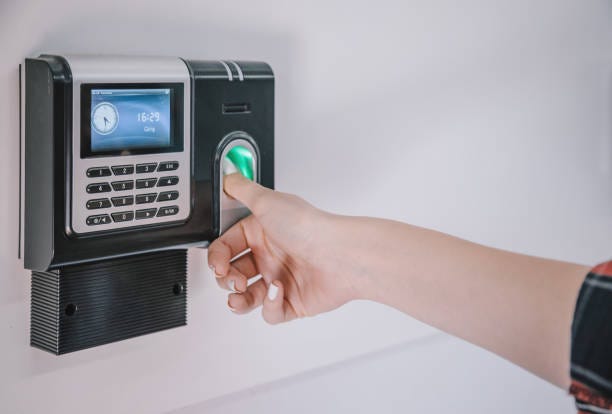How Does Biometric Attendance System Work in Schools?
In the realm of education, monitoring and managing student attendance is crucial for maintaining a productive and safe learning environment. Traditional attendance tracking methods, such as paper-based systems or manual roll calls, are prone to errors and time-consuming. However, with the advent of biometric attendance management systems, schools now have an efficient and reliable solution at their disposal. In this article, we will delve into how biometric attendance systems work in schools, their benefits, and important considerations for implementing such systems.
Understanding Biometric Attendance Systems in Schools
Biometric attendance systems is the part of school management software. With the hlep of this system schools can utilize unique physiological or behavioral traits to accurately identify and verify students. Common biometric modalities employed include fingerprints, facial recognition, and iris scans. These systems leverage specialized software and hardware to capture and compare biometric data, ensuring precise attendance tracking.

How Biometric Attendance Systems Work in Schools
1.Enrollment: Initially, students’ biometric data, such as fingerprints or facial features, is enrolled in the system. This entails capturing and storing their biometric templates securely within a database. To accomplish this, schools employ biometric scanners or cameras that capture the necessary data and convert it into digital templates.
2. Attendance Recording: Once enrolled, students can conveniently record their attendance using the biometric attendance system. When entering the school premises or a designated attendance area, students interact with the biometric scanner or camera. The system then compares the captured biometric data with the enrolled templates stored in the database. If a match is found, the student’s attendance is logged automatically.
Benefits of Biometric Attendance Systems in Schools:
1.Enhanced Accuracy: Biometric attendance systems provide a highly accurate means of tracking student attendance. By relying on unique physiological or behavioral traits, such as fingerprints or facial features, these systems reduce the likelihood of errors or discrepancies in attendance records.
2. Time and Effort Savings: The systems eliminate the need for manual roll calls or paper-based attendance sheets, saving valuable instructional time and reducing administrative burden. Attendance records are automatically updated, streamlining administrative processes.
3. Improved Security: The attendance management systems offer enhanced security by ensuring that only authorized students can access the premises. These systems prevent the misuse of identification cards or proxies, maintaining a safe environment within the school.
4. Effective Truancy Management: The software assist in identifying and addressing truancy issues promptly. Schools can monitor student attendance patterns, detect anomalies, and take appropriate measures to encourage regular attendance and timely intervention when needed.
Considerations for Implementing Biometric Attendance Systems in Schools
1.Compliance with Regulations: Ensure that the chosen biometric attendance system aligns with privacy regulations and legal requirements concerning the collection, storage, and usage of biometric data, especially when dealing with minors.
2. System Integration: Evaluate the system’s compatibility with existing school management software or student information systems. Seamless integration facilitates data synchronization and reduces administrative complexity.
3. User-Friendly Interface: Look for a system with an intuitive and user-friendly interface to ensure ease of use for both students and staff. Training requirements should be minimal to ensure smooth adoption of the system.
4. Cost and Scalability: Consider the cost-effectiveness of the system and its scalability to accommodate the school’s future growth and changing needs.
Conclusion
Biometric attendance systems have revolutionized attendance tracking in schools, offering an accurate, efficient, and secure solution. With benefits such as enhanced accuracy, time savings, improved security, and effective truancy management, these systems contribute to a productive learning environment. By carefully considering important factors such as compliance, system integration, user-friendliness, and scalability, schools can successfully implement biometric attendance systems and reap the rewards of streamlined attendance management.
Comments
Post a Comment